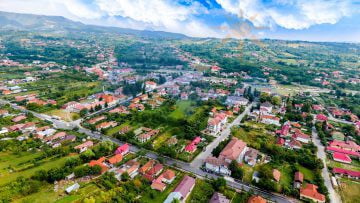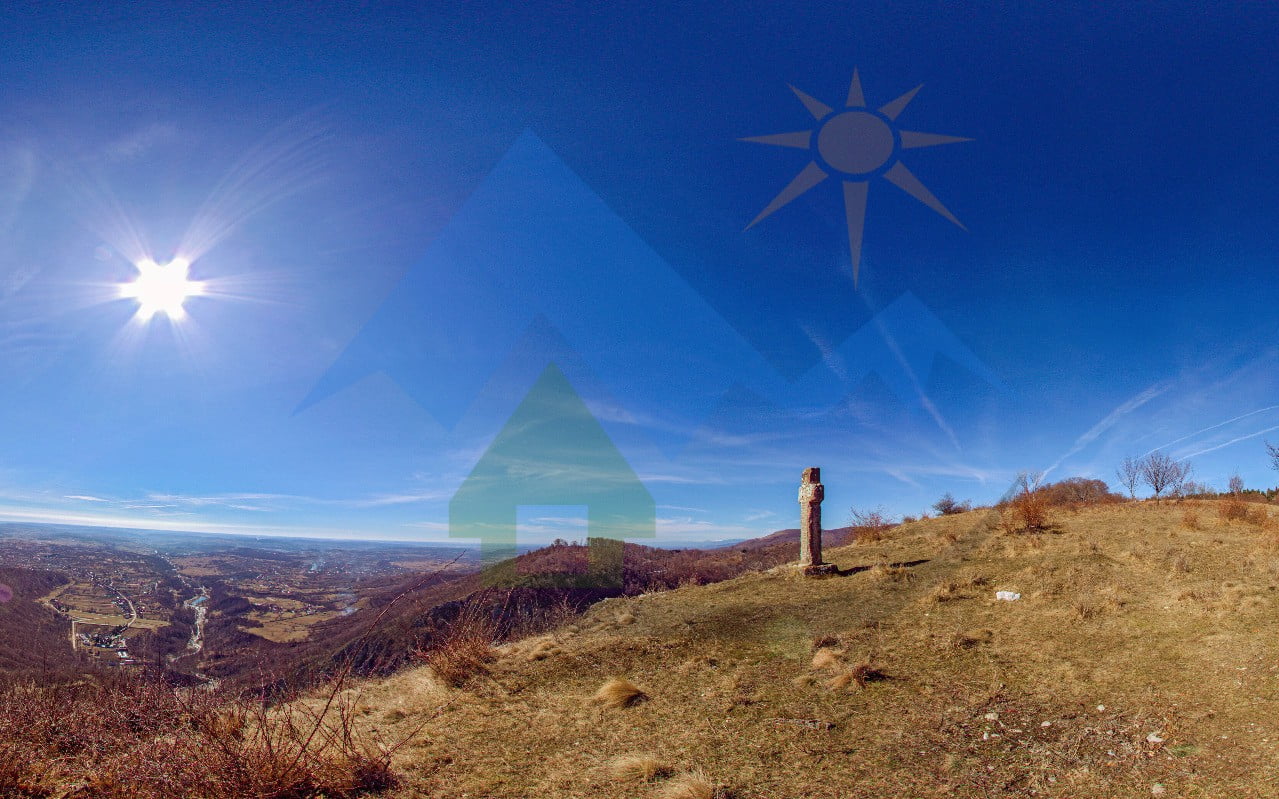Captain Ursache’s Cross: A Testament to History on Padeș Plateau
The memorial monument was erected in 1800, as a testimony to the existence of Captain Ursache, who guarded these lands at the end of the 18th century and the beginning of the 19th century.
Carved on the hard stone, there are inscriptions in Church Slavonic on two sides, with a partially deciphered text:
- On the south face: “This holy cross was made at the expense of Captain Ursache, the leader of the Novaci region, who in his time was a captain of hussars in Transylvania, and now he is the leader of the Novaci region for many years. This holy and divine cross is erected on this mountain with…”
- On the east face: “(Blessing) to the holy father, the hegumen Pahomie Hurezanu, who dedicated the church of St. Martyr Demetrius, celebrated by Captain Ursache and offered to the holy monastery of Polovragi, as caretakers until eternity…”
Ruins of a Dacian fortress are buried on the plateau of Ursache’s Cross
According to historians, the fortress of Polovragi was built around 150 BC. Initially, Mount Padeș was just a bare limestone rock. The Dacians transformed the rock into a true acropolis through extremely difficult and meticulous work, creating eight terraces; seven on the northern slope of the mountain and one on the southern slope. The position of the fortress was practically impregnable. Legend has it that the fortresses in the area were guarded and protected by the God Zamolxis, as well as the sacred eagle invoked by the High Priestess Sibilla Erithreea, to protect the immortal people from the eyes of outsiders.
The fortifications at Polovragi consisted of a Dacian fortress and a “refuge fortress”. The inhabitants of the Dacian fortress lived in a civil settlement located at the exit of the Olteț Valley from the gorges. The leaders, their guards, and representatives of the military and priestly aristocracy lived in the “citadel”. There is an idea that the Dava of Polovragi was the ancient city of Arcinna, which Ptolemy referred to as “one of the most splendid cities in Dacia”. Today, the remains of the trenches can still be seen from the archaeological excavations carried out in the area to learn more information.
The cross is fixed on the Padeș Plateau in the Căpățânii Mountains, from where the entire Olteț Valley can be seen.
To reach the plateau, from the clearing of the monastery, you climb through the beech forest to the fork (intersection of several forest roads), then turn left until you reach the base of the limestone cliffs, following the trail among the rocks, until you reach the cross. The trail is well-maintained and marked throughout, and not steep. The white circle with a red dot in the middle indicates the right path. The trail and the meadow on the top of the mountain are almost untouched by human hands. On good days, you can see black goats, roe deer, deer, and birds of prey. The ascent time varies between one to two hours, depending on the weight of the luggage and the number of stops. The descent takes about 45-60 minutes.













